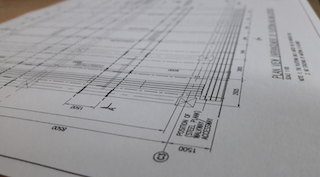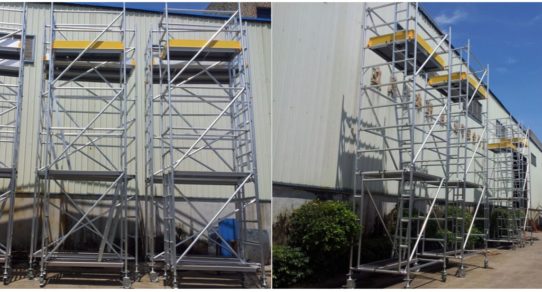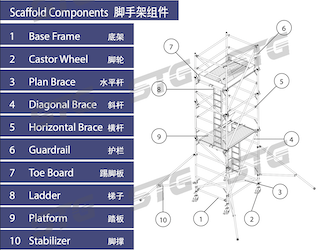Scaffolding is a critical component of construction projects, providing access, support, and safety for workers. To ensure structural integrity and compliance with safety regulations, it is essential to incorporate PE (Professional Engineer) Designs in scaffolding projects. This article highlights the significance of PE Designs in scaffolding, exploring their role in ensuring safety, optimizing functionality, and meeting regulatory requirements.
Structural Integrity and Load Capacity
PE Designs play a vital role in determining the structural integrity and load capacity of scaffolding systems. Professional engineers analyze the specific project requirements, including height, weight, anticipated loads, and environmental factors, to develop designs that ensure the scaffolding can support the intended loads safely. This involves calculations, stress analysis, and consideration of factors such as wind resistance and stability.
Compliance with Safety Regulations
Scaffolding projects must adhere to stringent safety regulations and codes. PE Designs are instrumental in ensuring compliance with these requirements. Professional engineers assess the design for safety hazards, including fall protection, stability, access points, and bracing. They provide recommendations and design modifications to ensure that the scaffolding meets or exceeds safety standards.
Tailored Solutions for Project Requirements
Every scaffolding project is unique, with varying site conditions, project scope, and specific needs. PE Designs allow professional engineers to customize the scaffolding system to address these requirements. Engineers consider factors such as site layout, building design, project duration, and access constraints to develop designs that maximize safety, functionality, and efficiency.
Collaboration with Other Project Stakeholders
Professional engineers work closely with scaffolding contractors, project managers, and other stakeholders to incorporate PE Designs effectively. They collaborate in the early stages of the project to understand the specific requirements and provide expert advice. This collaboration ensures that the scaffolding design aligns with the overall project goals, schedules, and site-specific conditions.
Documentation and Certification
PE Designs provide essential documentation and certification for scaffolding projects. These designs serve as a blueprint for construction, outlining the specific details, materials, dimensions, and assembly instructions. By following the PE Designs, scaffolding contractors can ensure that the structure is erected correctly and complies with engineering standards. The certification also demonstrates compliance with regulatory requirements.
Ensuring Long-Term Stability and Durability
Scaffolding structures are subject to continuous use, environmental conditions, and potential changes throughout the construction project. PE Designs take into account long-term stability and durability, considering factors such as material selection, corrosion protection, and maintenance requirements. This ensures that the scaffolding system remains safe and reliable throughout the project’s lifespan.
Conclusion
In scaffolding projects, PE Designs are crucial for ensuring safety, structural integrity, and compliance with regulations. Professional engineers bring their expertise to assess project requirements, develop customized designs, and collaborate with stakeholders to create scaffolding systems that meet the highest standards. By incorporating PE Designs, construction companies can enhance the safety, efficiency, and overall success of their scaffolding projects.






